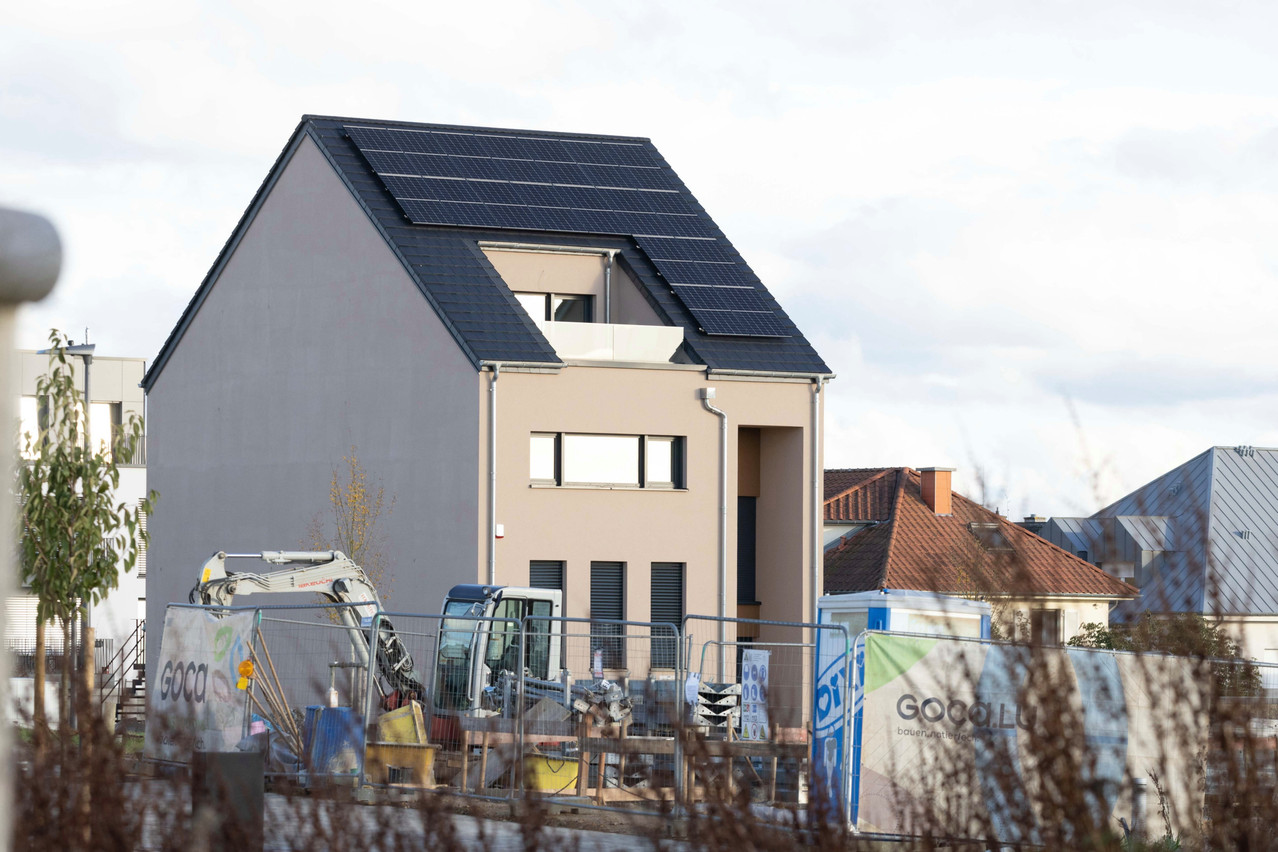Over the past decade, the weighted average housing loan tenure in Luxembourg has increased significantly, reaching 23 years in September 2024, data compiled from the Luxembourg Central Bank (BCL) shows. This represents a notable rise from the 20.9 years recorded ten years ago. The longer loan tenures reflect broader trends in the country’s mortgage market, driven by a combination of economic and demographic factors.
Contributors
A key factor behind the increase in loan tenures is the ongoing rise in property prices across Luxembourg. Like many other European countries, Luxembourg has seen strong demand for housing, driven by both local buyers and international residents. This demand has been especially high due to immigration, which has outpaced the growth in housing supply over several decades. As a result, property prices have surged, particularly in urban areas like Luxembourg City, where price growth has been among the highest in the eurozone.
In addition, wage increases resulting from consumer-price inflation have not kept pace with rising home prices. Since January 2015, automatic wage indexations in Luxembourg have occurred nine times, increasing wages, salaries and pensions by 21.84% over the past decade. Meanwhile, the house price index, which includes both new and existing homes, nearly doubled in Q2 2022 before falling through Q1 2024. However, by Q2 2024, prices had risen again, and stand at over 62% higher compared to 2015 levels.
As a result, the limited housing supply combined with wages and salaries that have lagged behind rising property prices has forced many homebuyers to take out larger loans, leading to longer repayment periods.
A representative from Banque Raiffeisen told Paperjam that the increased average maturity can partly be attributed to a higher proportion of residential real estate loans granted to first-time buyers. Additionally, the lower proportion of ‘’ granted in recent periods has also contributed to the higher average maturity of total annual housing loans. Paperjam also reached out to Spuerkeess, ING and BGL BNP Paribas for comment.
Loan tenures
Notably, in 2015, approximately 23.1% of mortgages had a tenure of between 20 and 25 years. By September 2024, this share had decreased to 20.2%, a decline of 2.9 percentage points. Meanwhile, the share of loans with tenures of 25 to 30 years increased from 31.5% to 35.8%, a rise of 4.3 percentage points during the same period, highlighting a clear shift toward longer loan terms. In comparison, although still a smaller proportion of total home loans, the share of 30 to 35-year mortgages more than doubled, rising from around 5% to 11.9%, an increase of 6.9 percentage points. Finally, the share of loans with tenures of 35 years or more grew from just 0.8% in 2015 to 2.3% as of September, marking a rise of 1.5 percentage points.
While longer housing loan tenures are not inherently problematic, they do have significant implications. For households, they mean staying in debt for a longer period, which can reduce financial flexibility and increase total interest payments. For banks, the risks associated with these loans are spread over a longer duration, potentially increasing exposure to market fluctuations or borrower defaults. Given the ongoing pressure from rising property prices and shifting demographics, it is likely that the trend towards longer loan terms will continue in the grand duchy. This could have broader implications--not just for homeowners facing extended debt burdens, but also for the overall stability of the economy.
